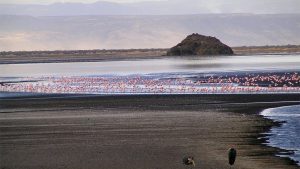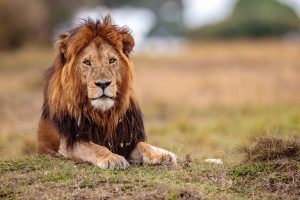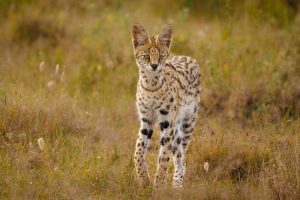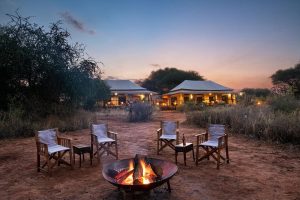Nestled in the highlands of northern Tanzania, the Ngorongoro Crater is one of Africa’s most spectacular safari destinations — a massive volcanic caldera teeming with wildlife and framed by lush forested walls. But when is the best time to visit this natural wonder?
The good news: Ngorongoro Crater offers excellent game viewing year-round. However, your experience may vary depending on the weather, visibility, and tourist volume. Let’s break it down:
☀️ Dry Season (June to October): Peak Game Viewing
This is the most popular time for safaris in Ngorongoro — and with good reason.
What to Expect:
-
Cool mornings and warm afternoons
-
Skies are clear with minimal rainfall
-
Roads are dry and accessible
-
Wildlife is easy to spot due to short grass and fewer water sources
Wildlife Highlights:
-
Large herds of buffalo, zebra, wildebeest, and elephants
-
Big cats like lions and leopards more visible
-
Rhinos often come out into the open
🎯 Ideal for: First-time safari-goers, photographers, and travelers looking for consistent wildlife sightings.
🌧️ Short Rains (November to mid-December): Green and Quiet
This shoulder season offers a more peaceful experience and beautiful, green landscapes.
What to Expect:
-
Light, scattered rains
-
Fewer tourists and vehicles in the crater
-
Wildlife is still abundant
-
Lush scenery ideal for photography
🎯 Ideal for: Travelers seeking solitude and scenic beauty without the peak-season prices.
🌿 Green Season / Calving Time (January to March): Births and Predators
While it’s greener and slightly wetter, this time of year is perfect for those wanting to witness the circle of life.
What to Expect:
-
Occasional short rains, mostly in the afternoon
-
Warm temperatures and blooming landscapes
-
Great visibility across the crater floor
Wildlife Highlights:
-
Calving season for wildebeest and zebra
-
Increased predator activity — lions, hyenas, and jackals on the hunt
-
Excellent birdwatching
🎯 Ideal for: Nature lovers, photographers, and those fascinated by predator-prey interactions.
🌧️ Long Rains (April to May): Low Season Safari
This is considered the wettest time of the year, but it can still offer a rewarding experience — especially for budget-conscious travelers.
What to Expect:
-
Heavy rains, especially in the afternoon
-
The crater becomes lush and misty — beautiful but occasionally foggy
-
Roads can be muddy or slippery
Wildlife Highlights:
-
Animals still present and visible, though sometimes more dispersed
-
Fewer tourists = a more intimate safari experience
🎯 Ideal for: Travelers wanting value for money, privacy, and green-season photos.
📌 So, When’s the Best Time to Visit the Ngorongoro Crater?
| Your Priority | Best Time to Visit |
|---|---|
| Best wildlife visibility | June – October |
| Fewer tourists & lush scenery | November – December |
| Calving & predator action | January – March |
| Budget & solitude | April – May |
🧭 Explore Ngorongoro with Kilipath African Safaris
At Kilipath African Safaris, we tailor each trip to your ideal time of year — ensuring you get the best crater views, wildlife sightings, and safari experience possible.
📩 Let’s start planning your Ngorongoro safari today! Whether you’re chasing sunshine or calving season drama, we’ll take you there.





